Everything in Design

4 Steps to Build a Business Case to Fix Your Slurry Piping
We know that as a reliability engineer, you want to make an impact by finding smart upgrades that improve your plant. Follow these four steps, and you’ll build a persuasive business case that management can’t say no to.
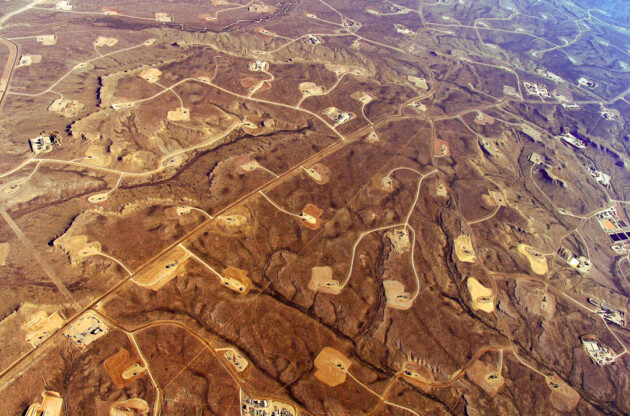
Frac Sand Pipelines: Why isn’t the industry considering them?
We know that truck fleets are expensive to operate and have severe safety and environmental downsides. So, why isn’t the frac sand industry taking pipelines seriously as a transport method?
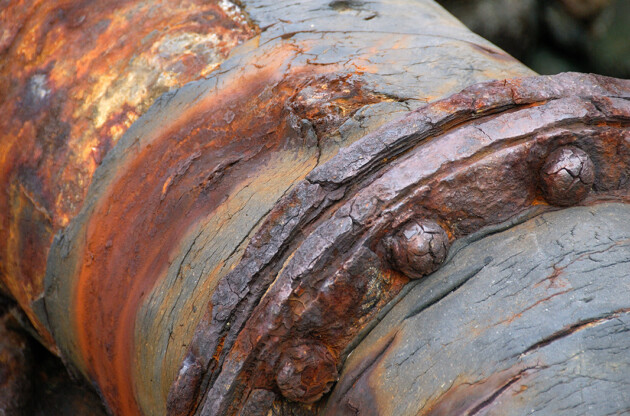
The 7 Deadly Sins of Slurry Pipeline Corrosion and How to Overcome Them
Don’t let corrosion become your pipeline’s downfall. Understanding the difference types of corrosion – and what causes it – will help you avoid creating corrosion hotspots.

4 Reasons Why Your New Plant Design Needs Flexibility
Tight schedules, limited budgets, and complex spatial requirements are commonplace in plant design. Learn how flexible slurry piping can help deliver on-time, on-budget, and fit-for-purpose process plants.
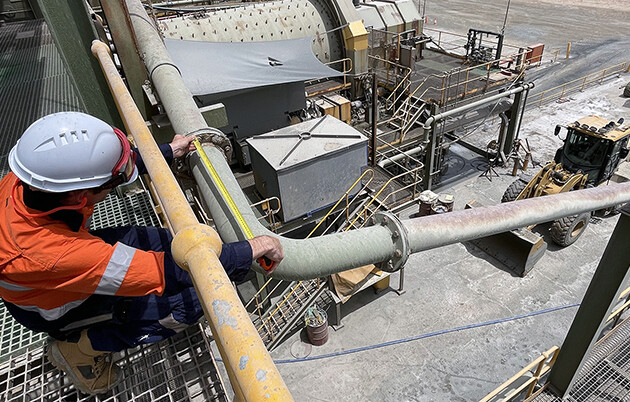
5 Lessons Learned in Gold Processing Plant Piping
Keeping your gold process plant up and running is a constant challenge. The good news is it doesn’t have to be that way. Learn how five gold mines fixed common piping problems in their process plants.
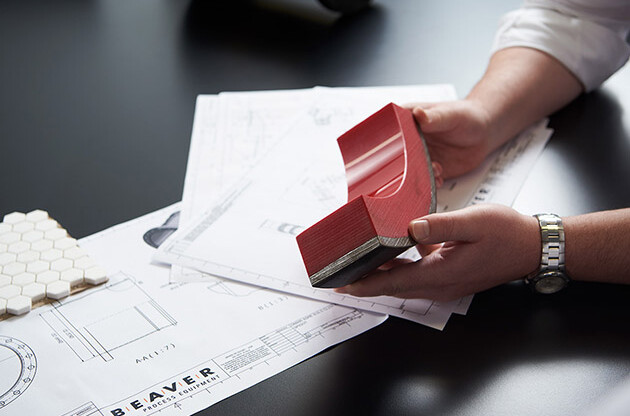
Reduce Your Pipeline Energy Costs with This One Change
Selecting a liner with a low surface friction will offset energy costs, extend wear life and optimise performance. We show you how it can deliver improved cost, performance, safety and longevity of a pipeline.
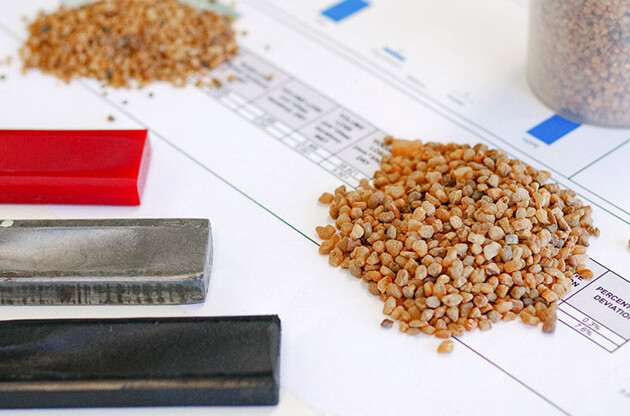
Unlined Steel Pipelines Cost You More in the Long Run. Here’s Why
A new pipeline is a significant capital investment, so it needs to last the distance. We show you that older piping technology could be costing you more in the long run.
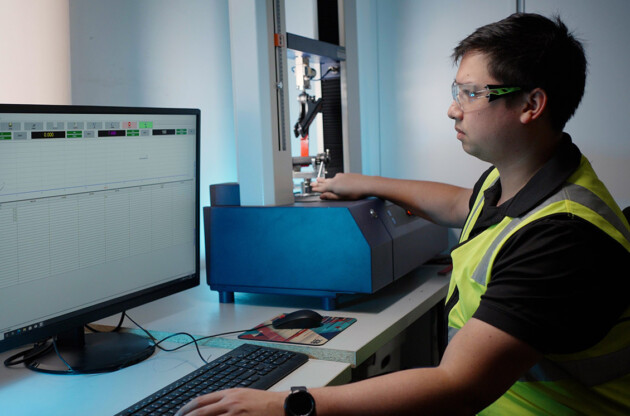
CSIRO: Understanding Slurry is Key to Good Tailings Pipeline Design
You'll make better design decisions if you understand how your slurry moves. We talk to a leading CSIRO research engineer on slurry rheology and how this impacts pipeline design.
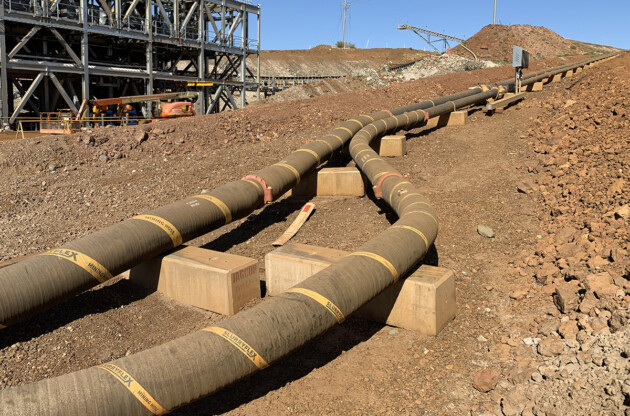
You Need Flexible Piping in Your Pipeline. Here’s Why…
There’s a common misconception that the best pipelines are built entirely from rigid steel piping. We'll show you why you need to add flexibility to avoid early pipeline failure.
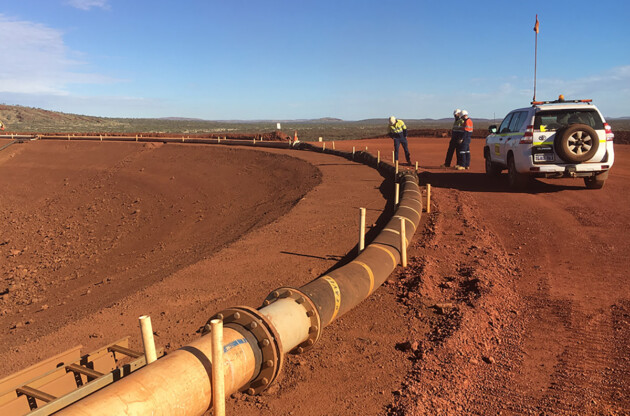
Flange, Welded, or Coupling: Which Jointing Method is Best for Slurry Pipelines?
Selecting the right jointing method is a crucial step in your pipeline design. Discover which is the best option for your next pipeline project.

3 Ways to Reduce Wear in a New Slurry Pipeline
Minimise wear in a slurry pipeline at the design stage. Learn about three ways you can iron out the kinks before they become a big problem later on.
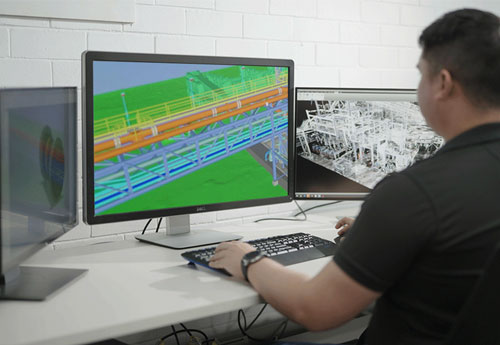
Slurry Pipeline Design: Selecting the Right Wear Liner
We investigate the ways you can improve the design and lifespan of your slurry pipelines, and review the pros and cons of different liner types available.
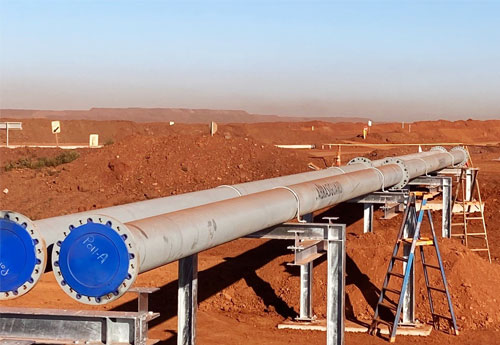
Pipeline Design: 12m vs 18m spools. Which is better?
In this article, we look at the difference 12m vs 18m spools make at every stage of the project, from a more efficient design and installation, right through to maintenance.
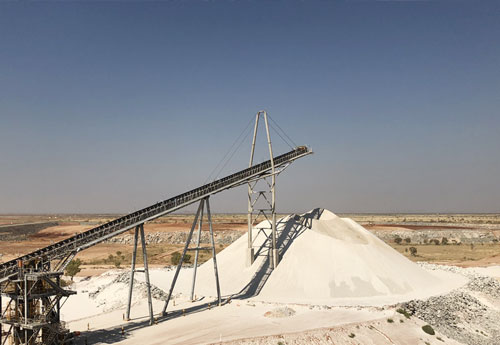
3 Ways to Design Lithium Slurry Piping Better
Designing new slurry piping in your lithium plant? We’ve compiled our top three tips from years of experience working on mine sites with tough lithium slurry.
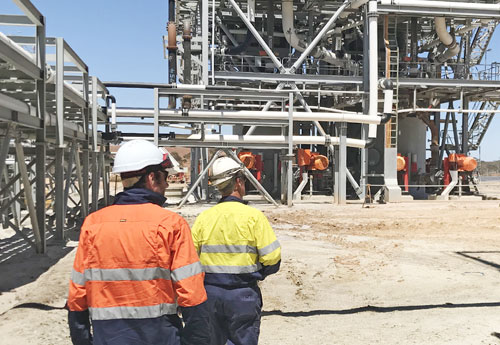
Lessons Learned from 5 Lithium Plant Redesigns
Lithium slurry is tough stuff to deal with. Here are five stories from other lithium plants where they’ve redesigned their slurry piping systems to handle the severe conditions.
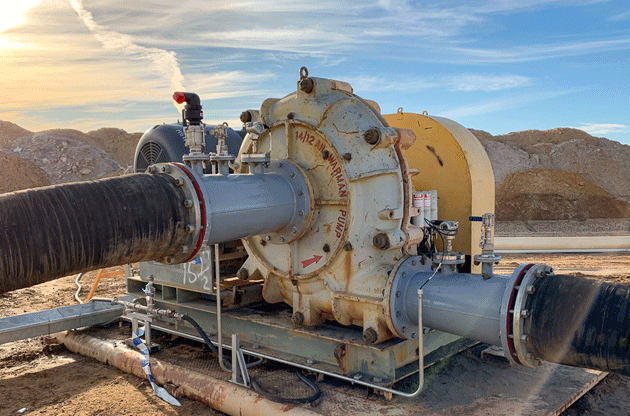
5 Lessons Learned in Slurry Pump Piping Design
Leaks, noise, vibration, and pipe misalignment are just some of the problems you'll face in your plant if you get your pump piping wrong. Find out our 5 lessons learned.
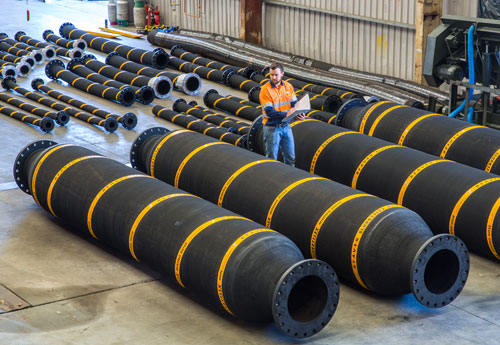
A Guide to the 9 Types of Mining Hose
Selecting the right mining hose for the job can be confusing. Discover the nine most common types of mining hose and their different applications on site.









